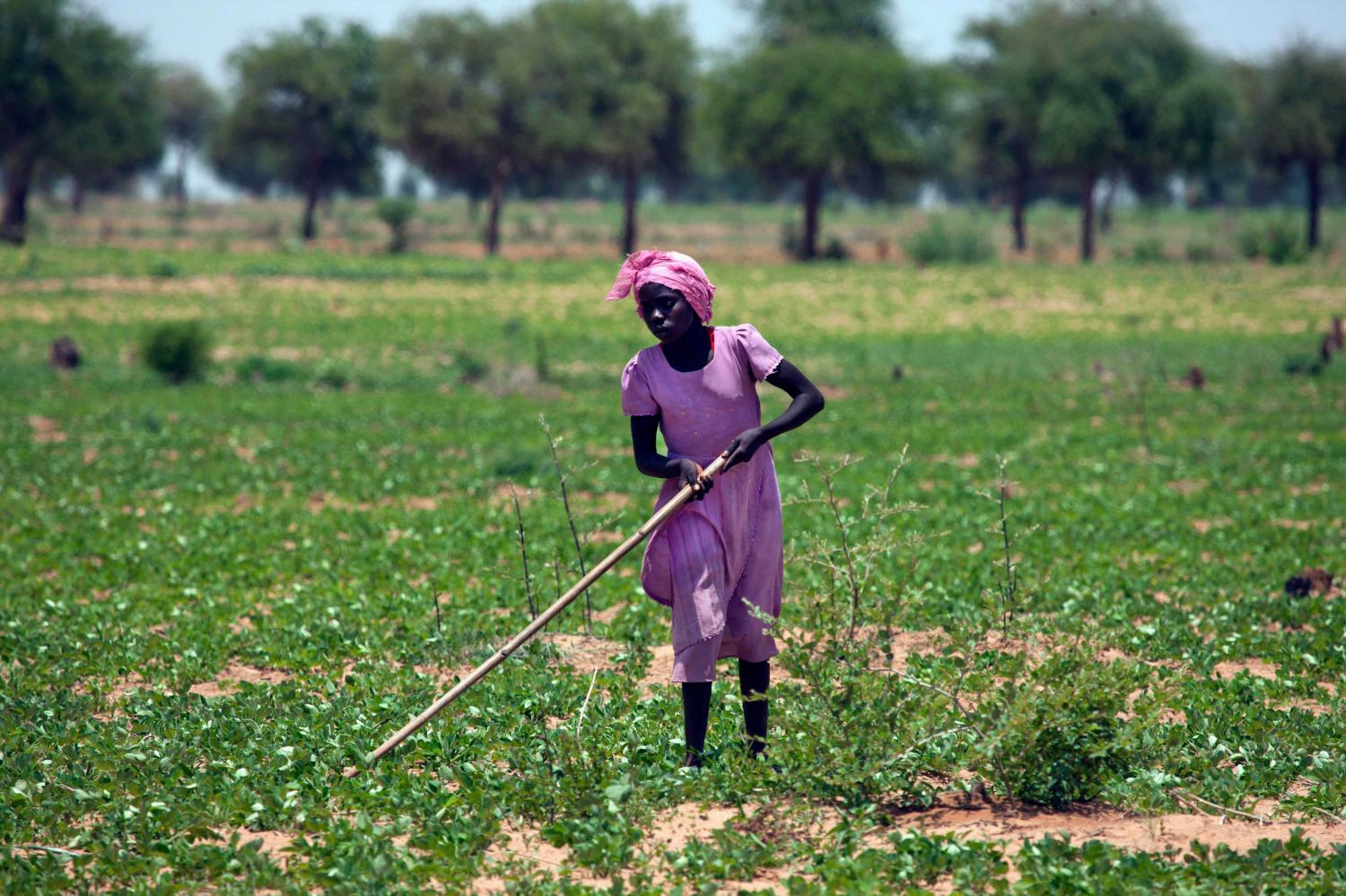Food security remains one of the key challenges that African countries confront today. This problem is most visibly evidenced by frequent food shortages and famines, such as the crisis in the Horn of Africa that lasted from July 2011 to February 2012 and impacted some 13 million people. But it is also illustrated in less visible, but no less dramatic, ways: The Food and Agriculture Organization (FAO) estimates that 26 percent of Africa’s population is undernourished. Such a figure is not only tragic, but also has devastating long-term consequences for Africa’s economic development. There is a clear link, for instance, between malnourishment and poor health and low education attainment, both important components of human capital.
Thus, for sustainable development to take root, Africa must attain food security, which should be accomplished largely through increasing its own production. Unfortunately, at present, Africa’s agricultural productivity is extremely low. For instance, in 2010, the continent’s cereal production was roughly 1,300 kilograms per hectare, roughly half of that of South Asia (World Bank, a). This poor performance is a result of a number of factors. First, the percentage of arable land that is irrigated in Africa is low, much smaller than an analogous percentage for Asia, 3 percent versus 47 percent (FAO, 2012). In addition, Africa uses less fertilizer than other regions of the globe; compare its 11 kilograms per hectare of arable land versus South Asia’s 169 kilograms (World Bank, a). It also utilizes less machinery: In 2003, there were 1.3 tractors per hectare of arable land in the sub-Saharan region, while the Asia and the Pacific region averaged 14.9 (Ashburner and Kienzle, 2011).
The African Union (AU) has recognized the challenges these factors and low agricultural productivity present to the long-term development of the continent. In the AU’s Second Ordinary Assembly held in July of 2003 in Maputo, Mozambique, African heads of state ratified an initiative called the Comprehensive Africa Agriculture Development Program (CAADP). The program, part of the New Partnership for Africa Development (NEPAD), was endorsed as a framework meant to create ambitious institutional and policy transformation in the agriculture sector. It was, and is, an agreed-upon process (the label “program” is, in some respects, a misnomer) that embodies unique goals and principles. For example, CAADP implementers sought to address fundamental obstacles to African agricultural development, including the sector’s reliance on external technical assistance, the lack of African political leadership and commitment, as well as poor planning and coordination between national and regional stakeholders. Other agricultural programs initiated at the same time focused predominately on issues of emergency relief, offering short-term solutions, frequently implemented independent of national systems and protocols (Simmons and Howard, 2009).
The explicit goal of CAADP is to “eliminate hunger and reduce poverty through agriculture”1. In pursuit of this aim, African governments commit to two “targets.” The first is to achieve 6 percent annual growth in agricultural productivity by 2015. The second was to increase the allocation of national budgets directed to the agricultural sector to at least 10 percent. The program also has four stated objectives, or “pillars.”




